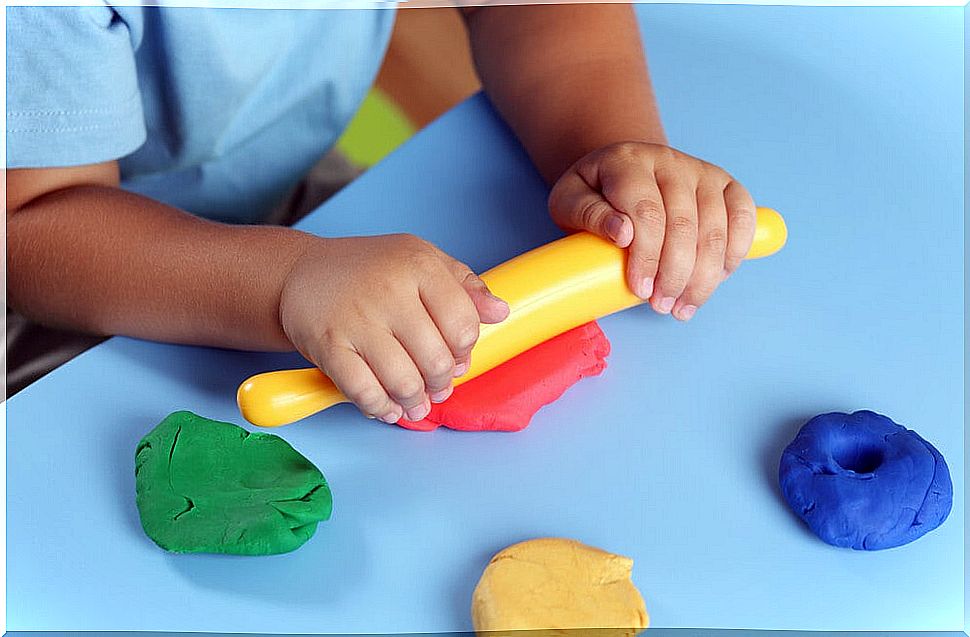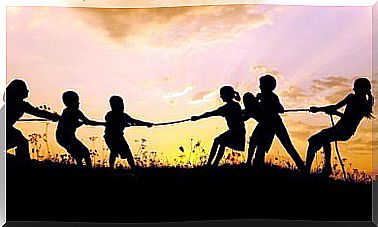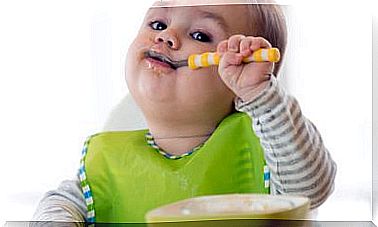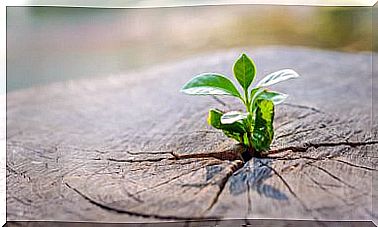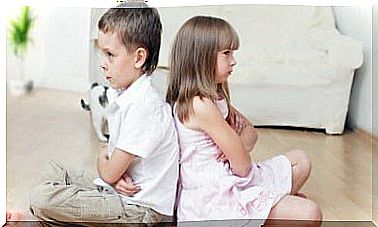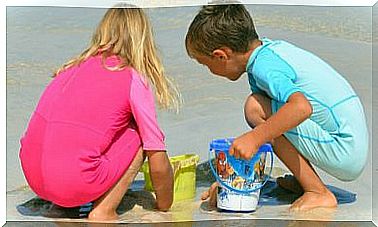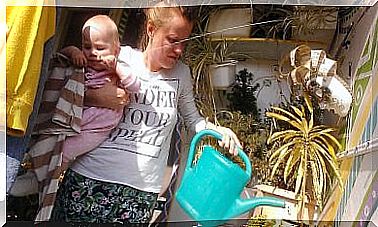Boredom Stimulates Children’s Creativity

We can clearly state that boredom stimulates children’s creativity. Increasingly, in today’s society, we are faced with cultural burdens that make us believe that children should be constantly active and entertained. This could hamper the development of your imagination, according to educational experts and psychologists.
If they get bored, children are able to start creating their own creative diversions and may come to see things differently. That is, in the future, the ability to think freely, to have time to be bored, can generate artists and scientists who bring great news to science.
Of course, it is natural that parents want to minimize their children’s boredom, but you have to start looking at boredom in a different way, since boredom stimulates creativity. Hunger makes children eat. Tiredness makes children fall asleep. Boredom makes children use their imaginations looking for ways to entertain themselves.
Boredom stimulates creativity in children: studies
Dr. Sandi Mann
In 2013, Dr Sandi Mann, a psychologist at the University of Central Lancashire in Great Britain, published the results of a study on boredom.
In the study, Mann asked participants to come up with ingenious ways to use two foam cups. The Dr. found that people who had just spent time copying numbers from a phone book had more original ideas than their peers who had not been bored.
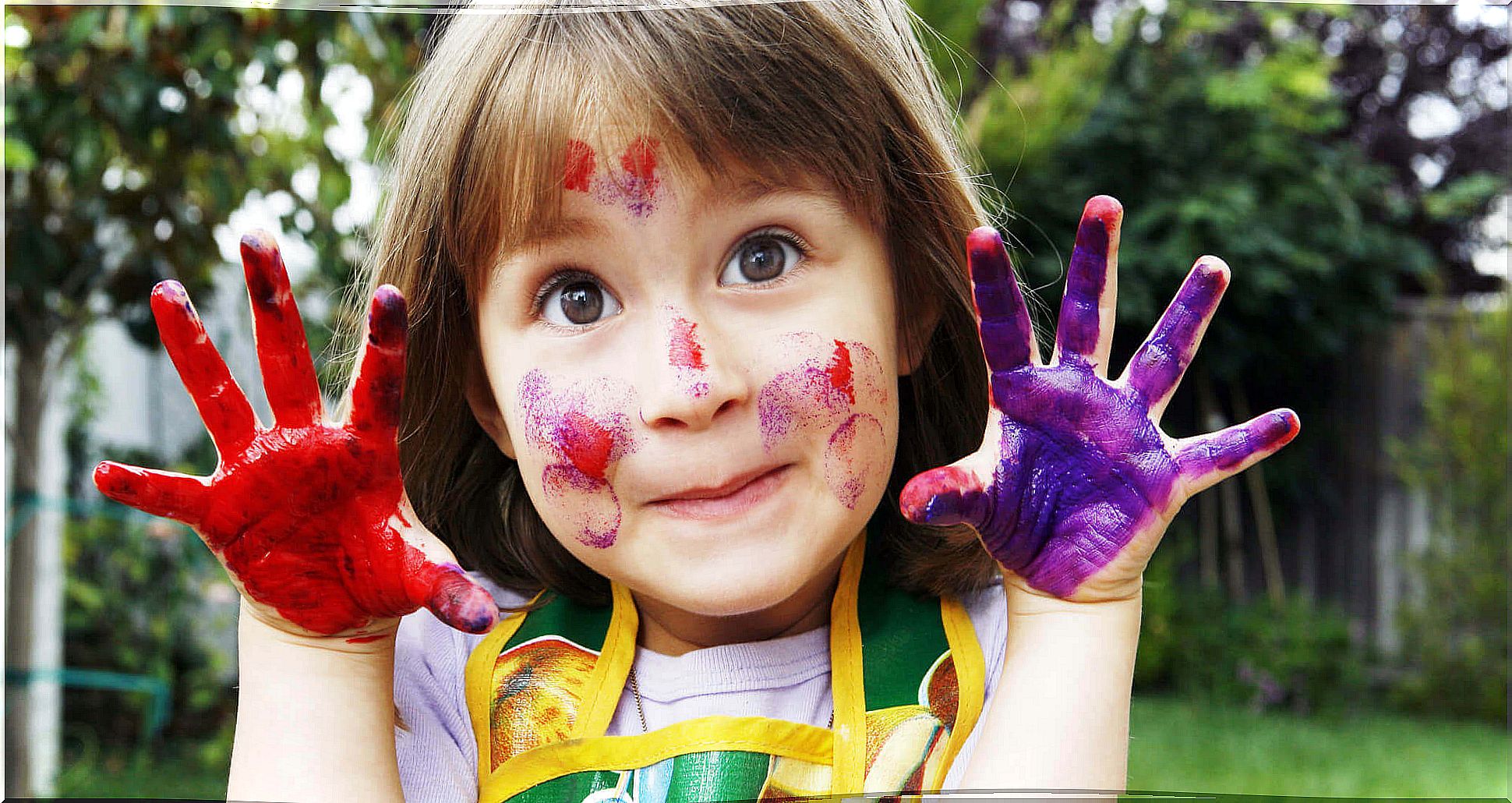
Mann concluded that the subconscious could explain these imaginative leaps. When the study subjects were copying the pages of the phone book, their conscious minds began to seek stimulation from their subconscious minds. Undoubtedly, innovative thinking occurs in the subconscious.
Dr. Teresa Belton
Dr. Teresa Belton, an education researcher at the University of East Anglia, interviewed scientists and artists to find out how childhood boredom affected their lives and careers. Many felt that boredom was the key to their later success.
For example, he spoke with writer and comedian Meera Syal, and artist Grayson Perry. Meera Syal grew up in a small mining village where there wasn’t much to do.
But the most important thing is that boredom made her write. Syal wrote a diary from a very young age, filling it with observations, stories, poems, and diatribes. Therefore, she attributes these early beginnings to her becoming a writer. She said that for her “the forced solitude like a blank page was a wonderful encouragement.”
For his part, Grayson Perry also assured that he believes that boredom is beneficial for adults and children: “I appreciate reflection and boredom. Boredom is a very creative state ”.
Boredom stimulates children’s creativity: reflect
Without a doubt, being bored is something that children need to learn to manage by experimenting with their free time, without being given directions. This is exactly how a writer faces a blank page or a painter faces a new canvas.
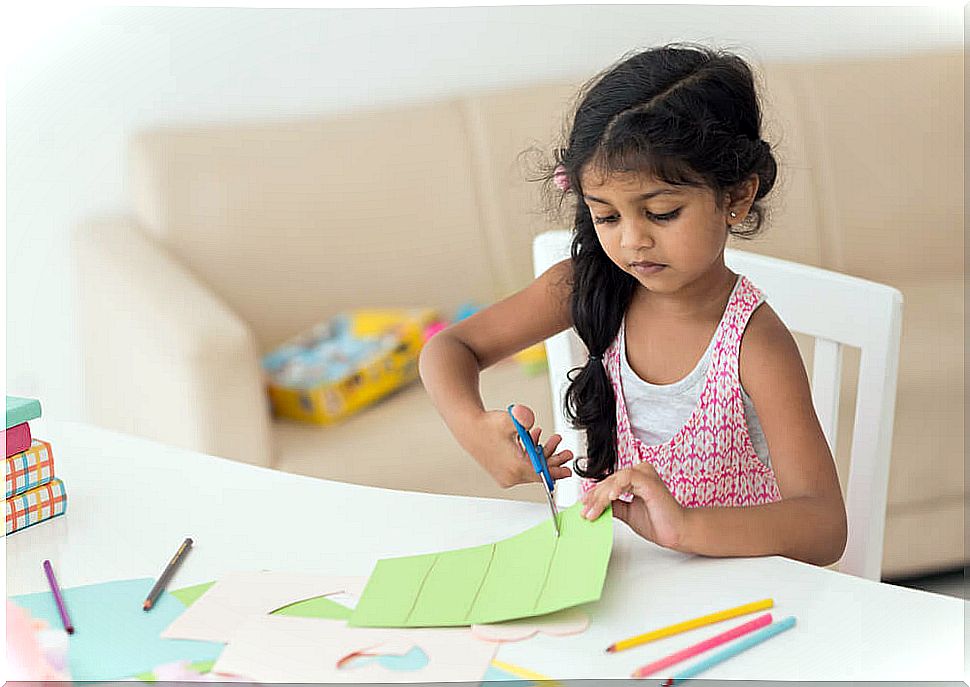
It turns out that the art of reflection is part of learning to manage boredom. Most of the children of our time do not know how to be bored, they are overstimulated with too many activities. They have so much to do every day that they have no free time to do nothing.
But reality tells us that it is necessary for children to get bored so that they begin to look for themselves how this does not happen, find new activities that amuse them and discover things that they like. We should not give it all done, otherwise this need will never appear.
Conclusion on boredom and creativity
So the next time a child complains that he is bored, it is best to send him outside to play or give him a notebook and a box of colored pencils and even some random objects like glue or tape. Above all, without instructions. What you can create while bored will probably come as a surprise.
